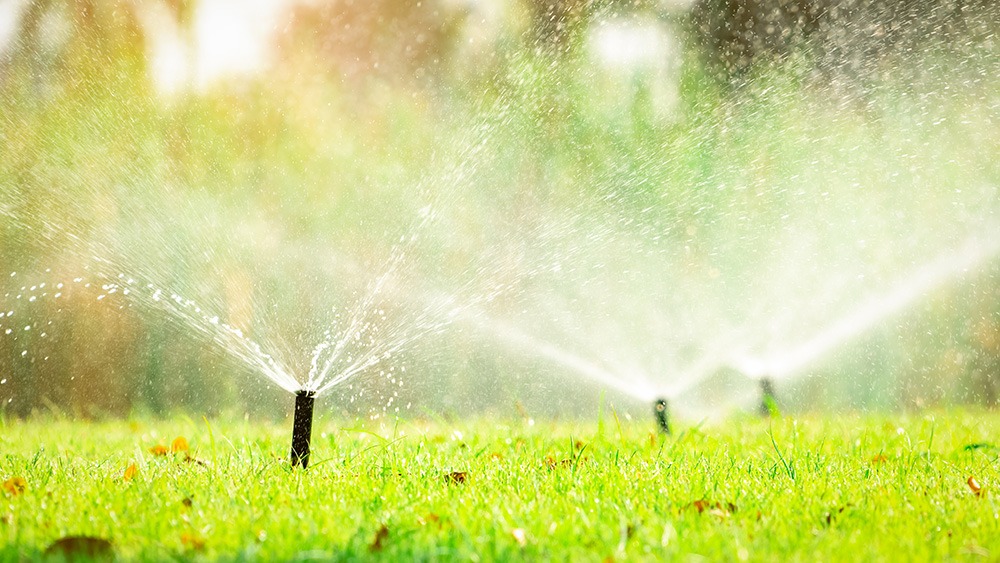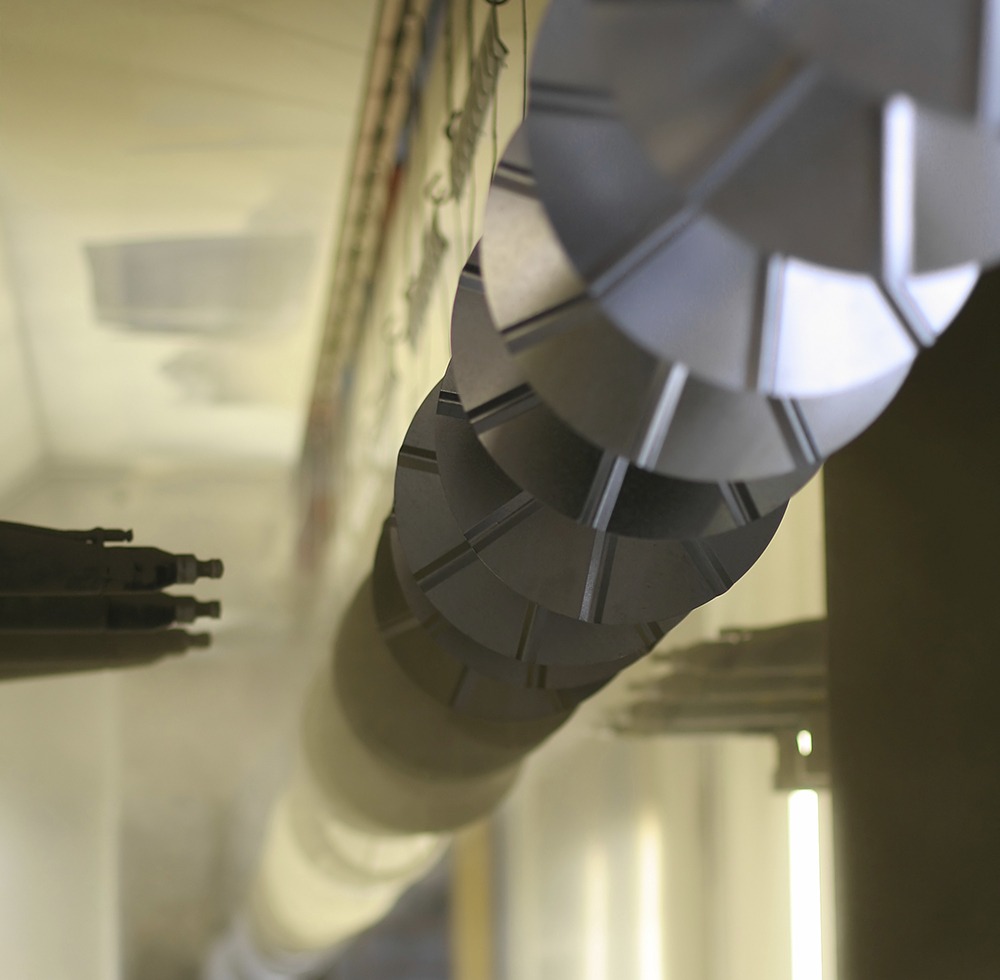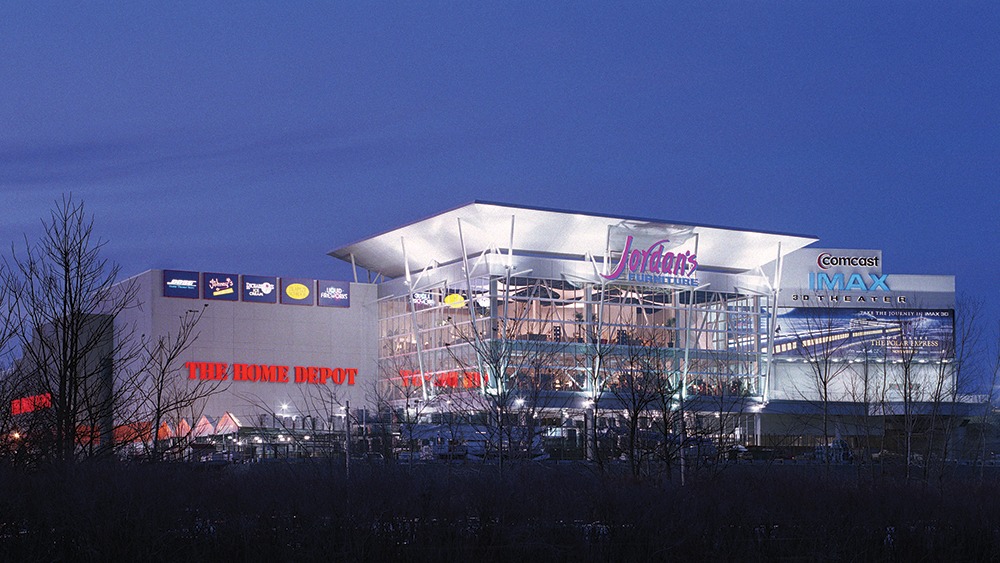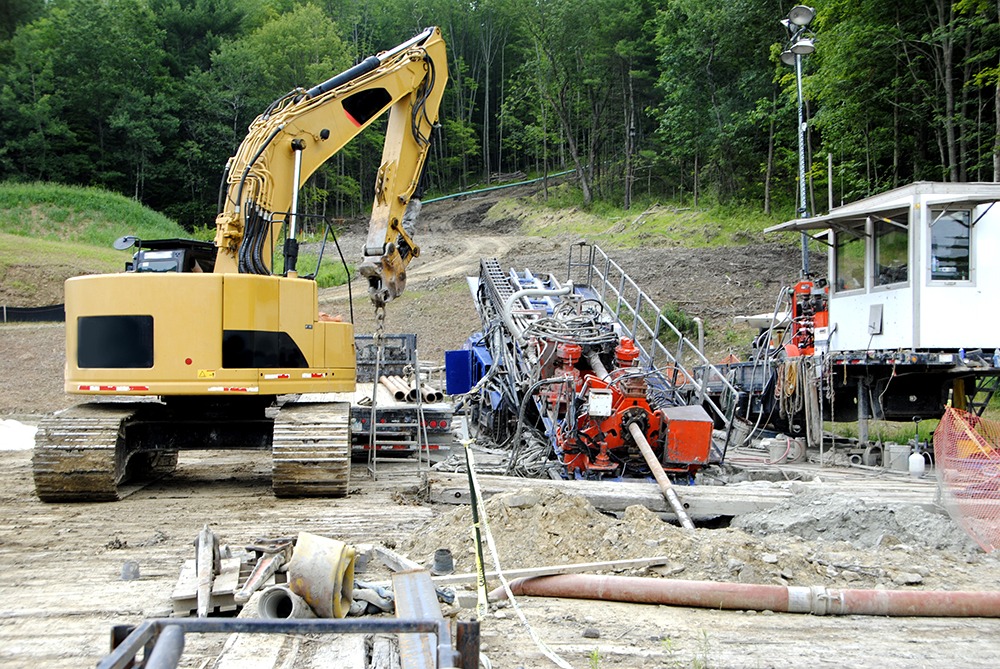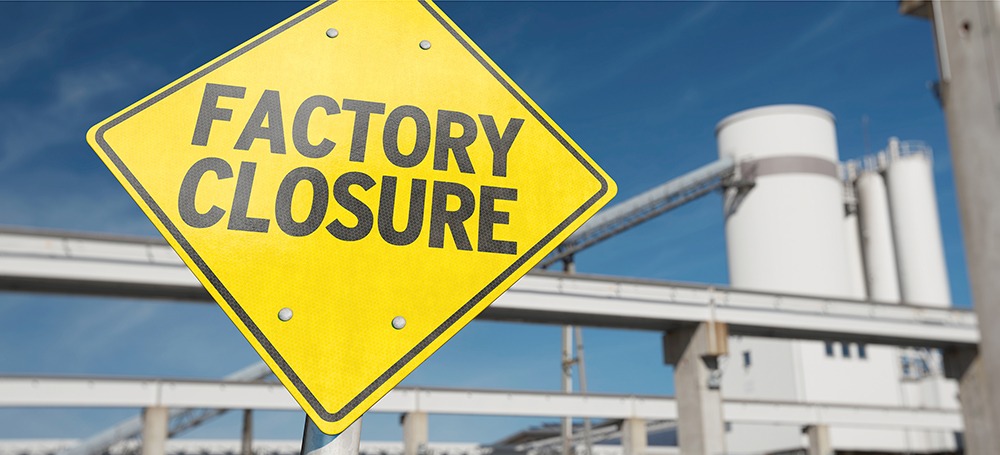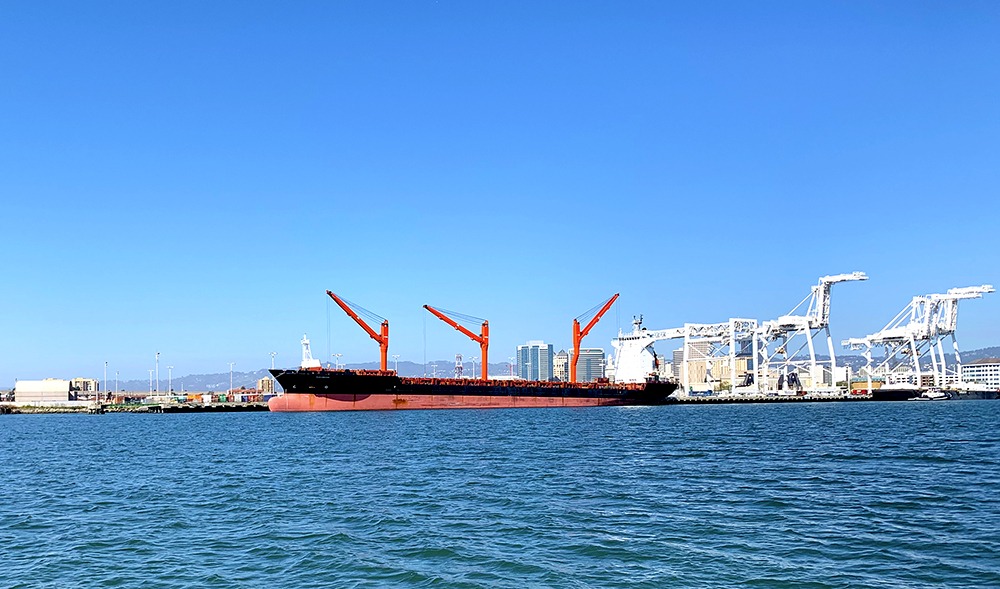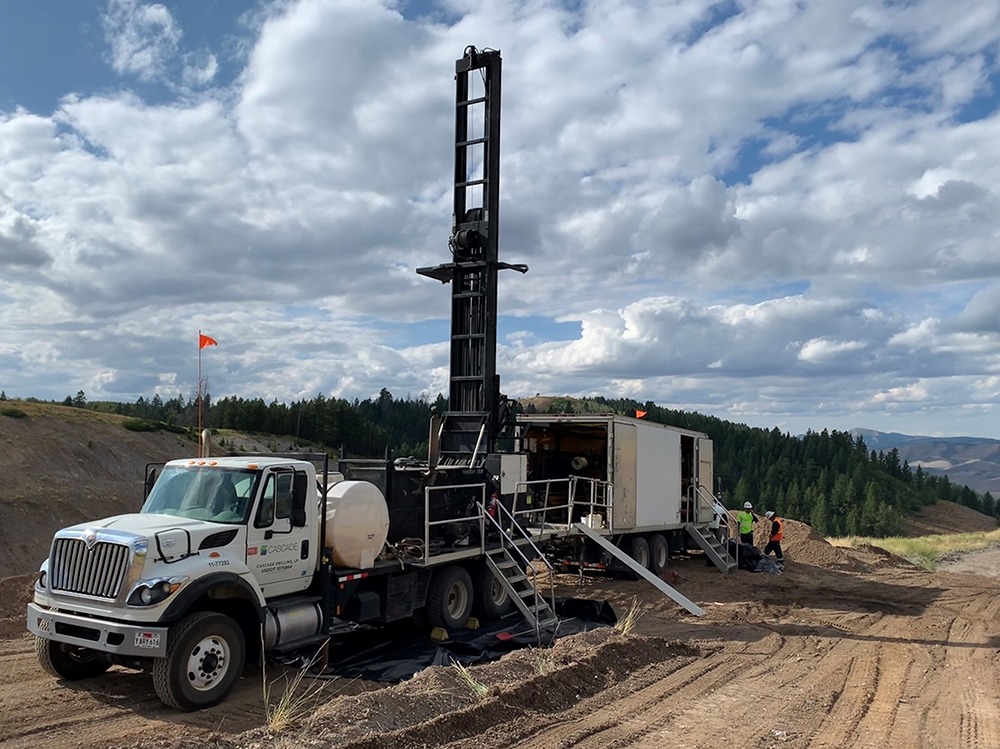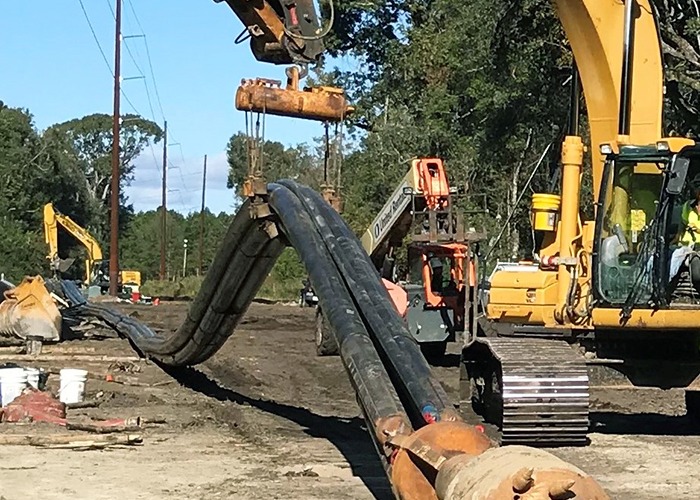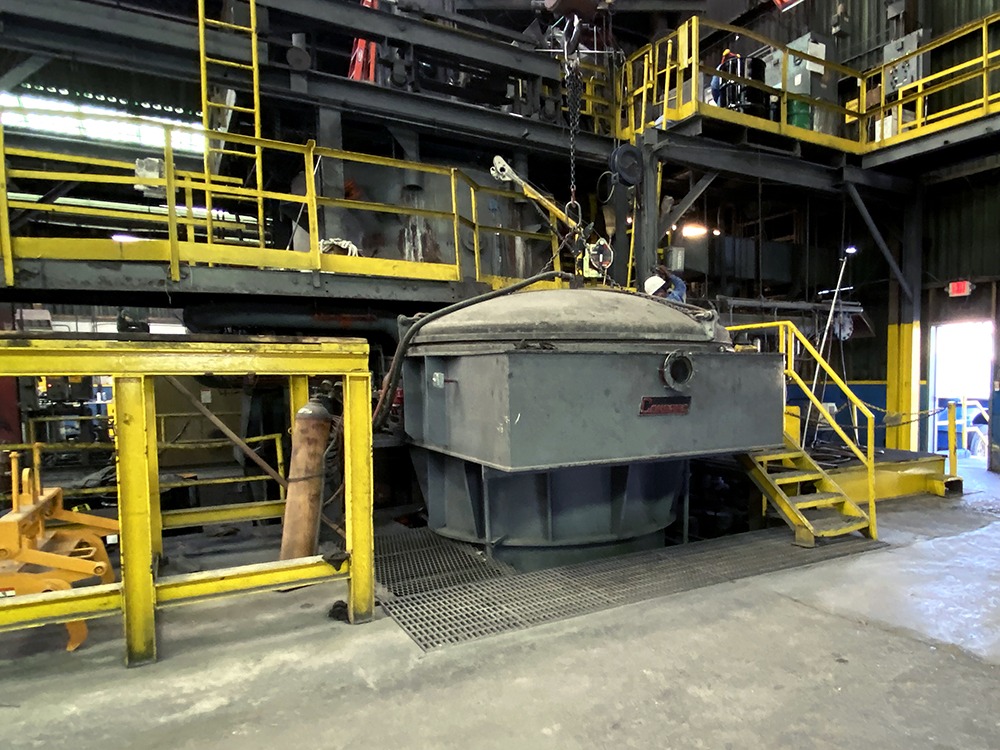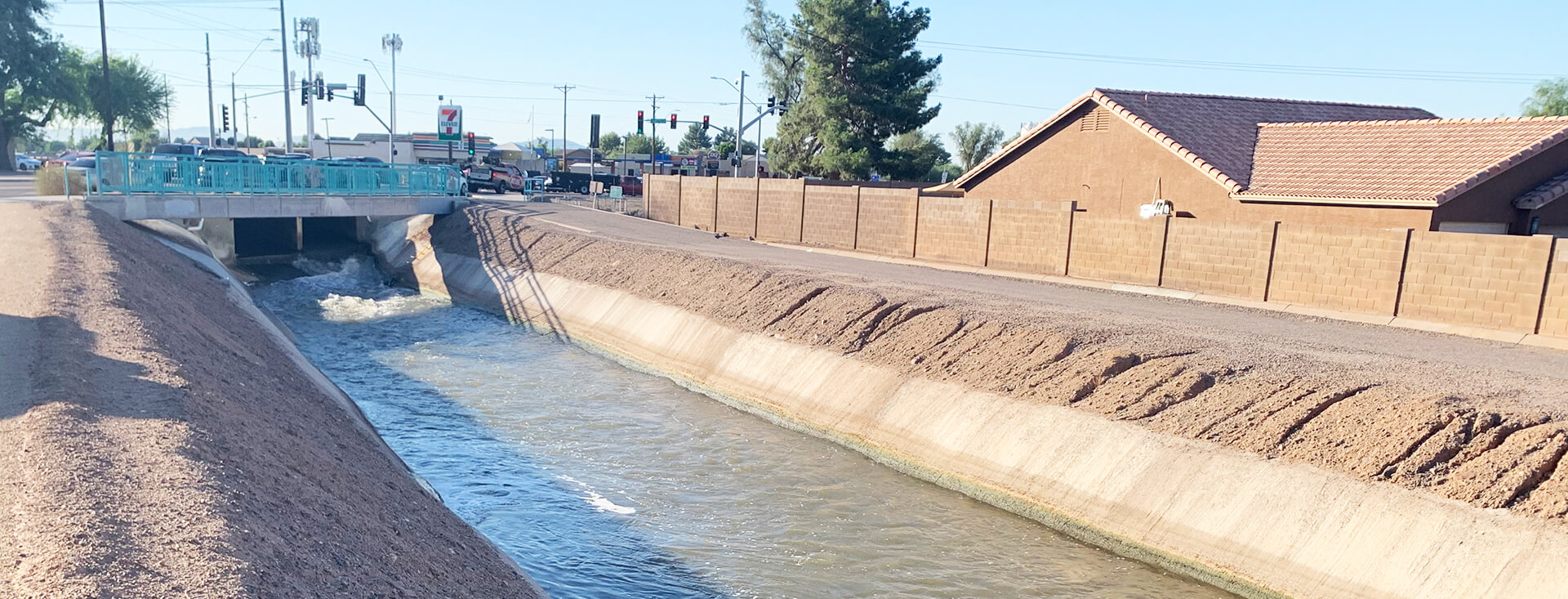
Electric transmission and distribution
Mixing zone evaluation and rigorous sampling solve a utility’s water permit challenge
Millions of dollars
saved with mixing zone calculations
Summary
- The Salt River Project provides an unusual combination of utility services — both electrical power and water — to more than 2 million people in the fast-growing Phoenix, Arizona, area.
- A network of reservoir-fed surface water canals provides drinking water to multiple municipalities and irrigates much of the area. One Salt River power-generation operation discharges small amounts of process water into these canals in compliance with its Arizona Pollutant Discharge Elimination System (AZPDES) permit.
- Salt River regularly renews this permit. When the first draft was issued for the latest renewal, the utility learned of proposed changes that included more stringent effluent limits for select components of the normal discharge.
- Salt River’s environmental team and management thought that to comply with the new draft limits, they’d likely have to truck all discharge water off-site — a hugely expensive, inefficient operation. They turned to Haley & Aldrich to support a challenge to the draft permit terms because of our established role as their primary environmental compliance advisor.
- We recommended that they evaluate the impact of the discharge by using a mixing zone calculation, an accepted technical evaluation method under the AZPDES program. Through a rigorous sampling and analytical plan, we characterized the effluent and the receiving water as it traveled from Salt River’s power-generation facility to a downstream compliance point. Our results supported Salt River’s contention that its discharge would not impact water quality at the compliance point.
- To make this case to regulators, we statistically evaluated the results from the sampling and analysis plan and performed the mixing zone calculations to demonstrate conformance with the AZPDES standards downstream.
- Thanks to our work, Salt River received a final AZPDES permit with higher effluent limits. This permit saved the Salt River Project millions of dollars — compared to trucking the water off-site or installing a large-volume water treatment plant — and provided peace of mind that operations could continue in compliance.
“Mixing zones are regularly measured in streams and rivers, but central Arizona’s widely used engineered canal system presented a new challenge. We had to understand how the canals are operated, when and where agricultural users took water out, and how it all intersected with Salt River’s water discharge practices.”
Margaret Holt
For more information, contact:

Senior Technical Expert, Compliance

Program Manager


